Few developers have created a bigger divide in the gaming populous than the outspoken Jonathan Blow. His wildly successful puzzler, Braid, infuriated, delighted, and tantalized gamers almost as much as Blow himself. In addition to the widespread critical acclaim for the game, Braid enjoyed a rather enthusiastic reception to its unconventional soundtrack – provided mostly by cellist Jami Sieber. Unlike most games – particularly those of the independent genre – Braid’s soundtrack consisted of previously released/written material.
Some feel it weakens a soundtrack when it consists of “unoriginal” works, others feel the opposite. Which proved the victor here? Click the jump to read on!
Overwhelmingly, Braid scores big-time with its soundtrack. Despite some of the Internet brouhaha about Blow not having an original score, it surprised me incredibly to learn that these tracks were not written specifically for the game as they fit the character and atmosphere of Braid very well – in particular, the first track “Maenam.”
“Maenam” is a drone-based track with a cello solo by Jami Sieber, the composer. If Blow intended to use the piece to its full ability, it is among the most inspired choices as this is a track without meter. Essentially, it has no beat; no sense of time – fitting perfectly with the world selection screen and time-based game for which it was picked.
The opening world features a straight-forward and charming piece entitled “Downstream” written and performed by early-music specialist Shira Kammen. The modal nature of the piece gives a sense of timelessness – again, nicely matched with the themes of Braid. Kammen’s other entry to the soundtrack is a piece co-written and performed with frequent collaborator, Pam Swan. This piece has a distinctly modern feel to it and features only piano and violin.
Sieber returns with “Long Past Gone” – a slow and largely forgettable piece as a standalone. Additionally, “The Darkening Ground” is primarily an atmospheric piece which, though effective in the background, is not the strongest piece on the soundtrack and does not provide much out of context. Sieber’s “Undercurrent” is a tense and building piece which provides excellent atmosphere through the use of African-sounding percussion as well as subtle harmonies with divided strings. “Tell It By Heart” is Sieber’s final offering on the soundtrack and is a rhythmic and slightly more somber retelling of her opening track, “Maenam.” This, too, is quite effective in providing the listener with a timeless offering that strikes many sensibilities at once.
Rounding out the soundtrack is “Romanesca,” a string-only piece by Cheryl Ann Fulton which also has a Medieval tone and harmonic sensibility.
The soundtrack for Braidis a very eccentric blend of music most people would not know about or seek. It is mostly without any electronic instruments (save for the remixes) and is produced with a very nostalgic and round production sound. However, it could provide many with something new to ponder both musically and thematically – even apart from the game itself. It is musically and emotionally ambiguous in its simple presentation, allowing the listener to contextualize it however he/she sees fit.
Braid’s soundtrack is definitely worth a listen. The artists responsible for the music on it have a good concept of modal music and find its place very effectively. That Blow chose to use these songs is no small feat as it allows his timeless (literal usage) game to be timeless (figurative usage).
Tags: Braid, Instrumental, Jonathan Blow, Music Reviews, Reviews, Videogame





























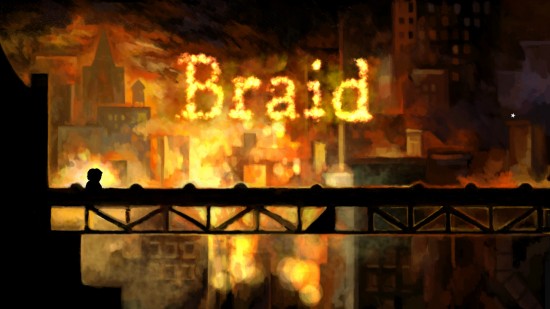

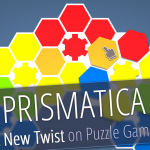
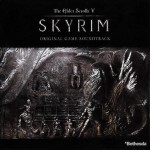
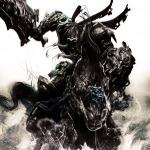
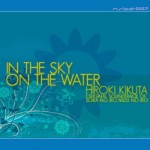







Thank you for this well written review. I have had the chanse to try out Braid once, and was quite impressed by the general mood – whch certainly the music helped to contribute to.